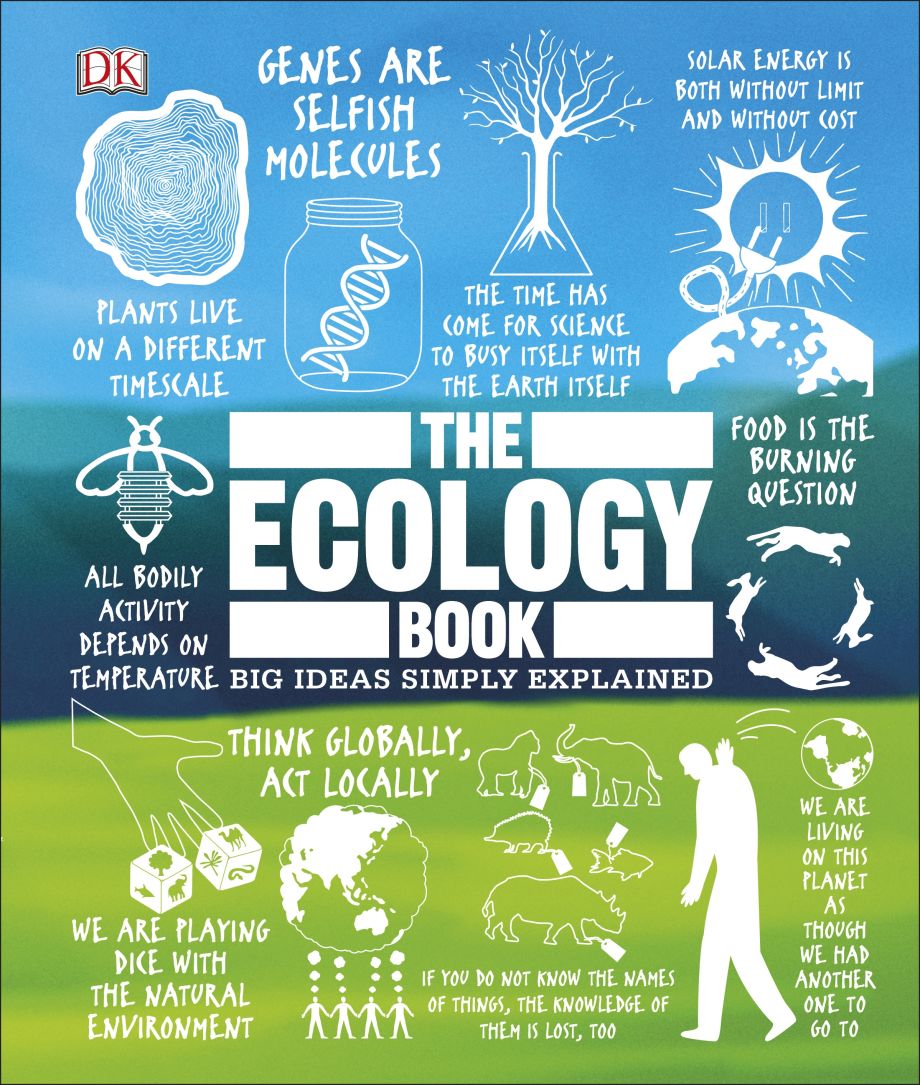
Freedom, Self, and Activeness, According to Spinoza Through Spinoza to Mahayana Buddhism, or Through Mahayana Buddhism to Spinoza? Gandhian Nonviolent Verbal Communication: The Necessity of Training Section 4: Nonviolence and Gandhi, Spinoza and Wholeness The Limited Neutrality of Typologies of Systems Lifestyle Trends Within the Deep Ecology Movement Beautiful Action: Its Function in the Ecological Crisis Cultural Diversity and the Deep Ecology Movement Section 2: The Long-Range Deep Ecology Movement Self-Realization: An Ecological Approach to Being in the World Introduction: The Life and Work of Arne Naess: An Appreciative Overview, by Alan Drengson Preface, by Alan Drengson and Bill Devall The name was first introduced to the public by Næss in 1972 during a lecture and was later explained further in The Shallow and the Deep Long-Range Ecology Movement: A Summary (published 1973 in the Inquiry journal). He later developed the conclusions in that book into a simplified, practical textbook, entitled Communication and Argument, which became a valued introduction to pragmatics or rather "language logic", and was thus used over many decades as a sine qua non for the preparatory examination at the University of Oslo, later known as "Examen Philosophicum".įrom the 1960s and forward his work came to be more and more focused on what would later be known as deep ecology. Næss' main philosophical work from the 1950s was entitled Interpretation and Preciseness.

He was the youngest person to ever be promoted to professor at Oslo University (27), a position he inhabited from 1939 to 1970. Næss combined his ecological vision with Gandhian nonviolence and on several occasions participated in direct action events.

Næss was a Norwegian philosopher, known foremost as the founder of the concept Deep Ecology


 0 kommentar(er)
0 kommentar(er)
